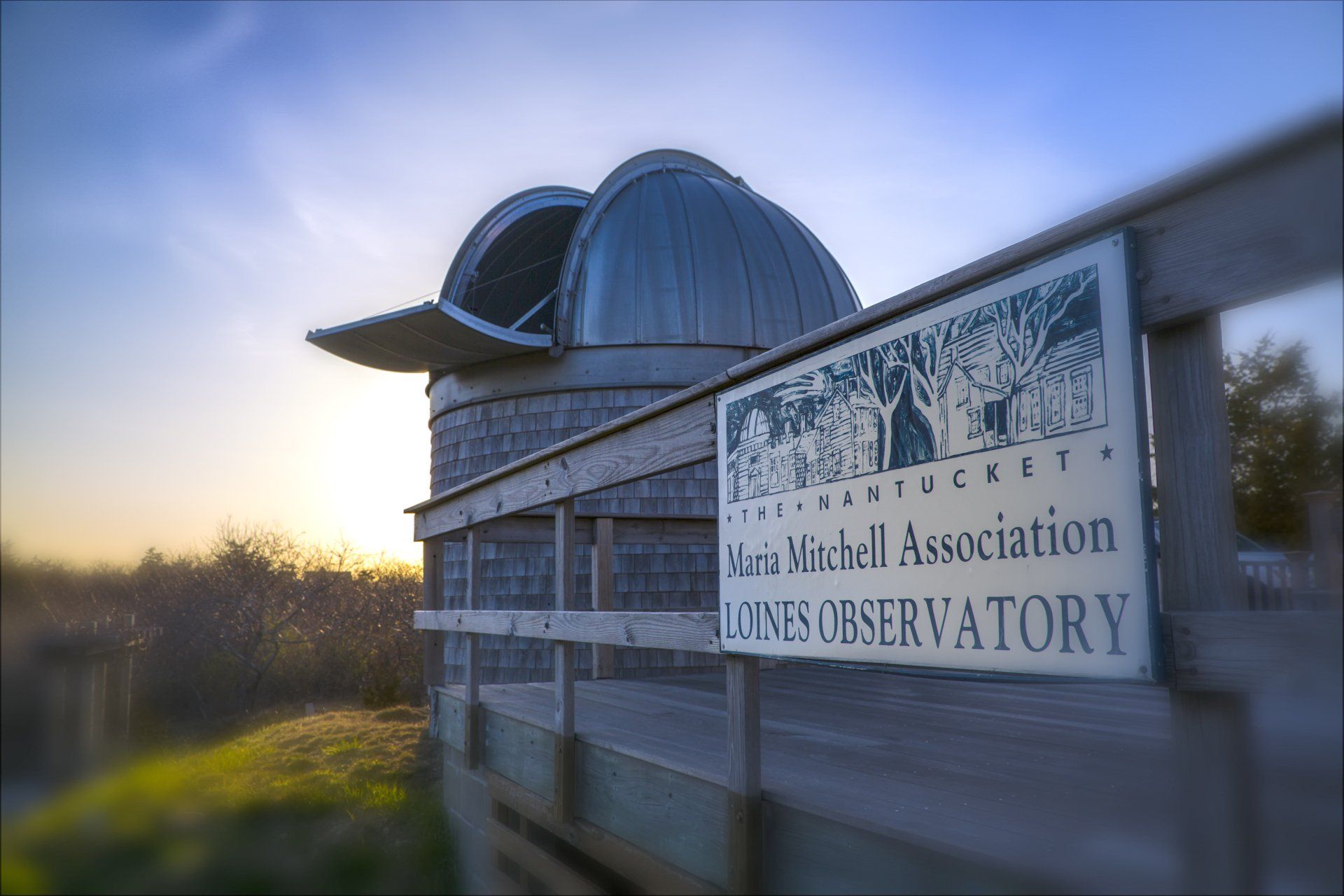In Memoriam: Bob Kennedy
I think everyone has a uniform and does not realize it. When I think of Bob, who was tragically lost in a bicycle accident on July 20, I think of a baseball cap, khakis (shorts or long depending on the season), a plaid shirt (with the sleeves rolled up if it’s warm), white athletic socks to his mid-calf, and either boat shoes or sneakers depending on what he was doing. He often had binoculars around his neck, unless he was running or biking – something that was a passion with him. He became more serious about marathons after he retired and I would look at him and think, “How do you do all that?” He encouraged countless MMA interns to join him in the Brant Point Runners every summer and I am sure some of them still run because of Bob.
When the MMA first hired Bob back in 2001, I did not realize that I likely read the “Ranger Rick” issue he was in when I was younger. He was once featured in that volume – and countless others of a more serious and grown-up nature – for his work in ornithology. He started his career studying monkey-eating eagles in the Philippines; I believe spending a lot of time in trees – so you can see he was already athletic. I think that is why ospreys seemed to be his big love – and a focus of his when he was here. He was instrumental in having osprey poles installed on the island and started a program in which he tracked several of them on their migrations. They are only a seasonal visitor – flying as far south as South American for the winter. And as he worked more with Edith F. Andrews, our ornithologist for many years, he came to grow his love for barn owls and they worked together to support them here on the island as he developed a focused barn owl house program via the MMA. Today, there are over seventy barn owl boxes on island that are monitored through this MMA program that Bob was still running with Mitch Blake, Tom and Kim Griswold, and Ginger Andrews, daughter of Edith.
So when you see an osprey overhead or the chiming of a barn owl, think of Bob. Thank you, Bob.
JNLF
The Fisherman’s Hymn
The osprey sails above the sound,
The geese are gone, the gulls are flying;
The herring shoals swarm thick around,
The nets are launched, the boats are plying;
Yo ho, my hearts! let ’s seek the deep,
Raise high the song, and cheerily wish her,
Still as the bending net we sweep,
“God bless the fish-hawk and the fisher!”
She brings us fish—she brings us spring,
Good times, fair weather, warmth, and plenty,
Fine stores of shad, trout, herring, ling,
Sheepshead and drum, and old-wives dainty.
Yo ho, my hearts! let ’s seek the deep,
Ply every oar, and cheerily wish her,
Still as the bending net we sweep,
“God bless the fish-hawk and the fisher!”
She rears her young on yonder tree,
She leaves her faithful mate to mind ’em;
Like us, for fish, she sails to sea,
And, plunging, shows us where to find ’em.
Yo ho, my hearts! let ’s seek the deep,
Ply every oar, and cheerily wish her,
While the slow bending net we sweep,
“God bless the fish-hawk and the fisher!“
- Alexander Wilson (1766-1813)
Recent Posts





